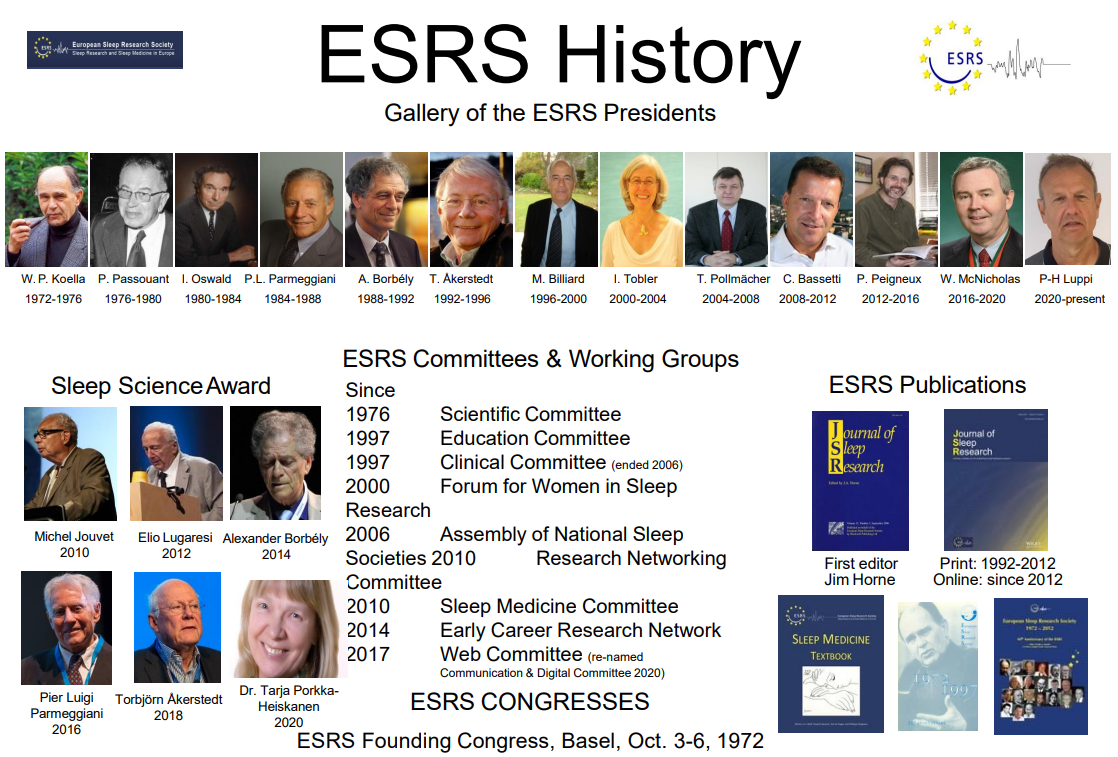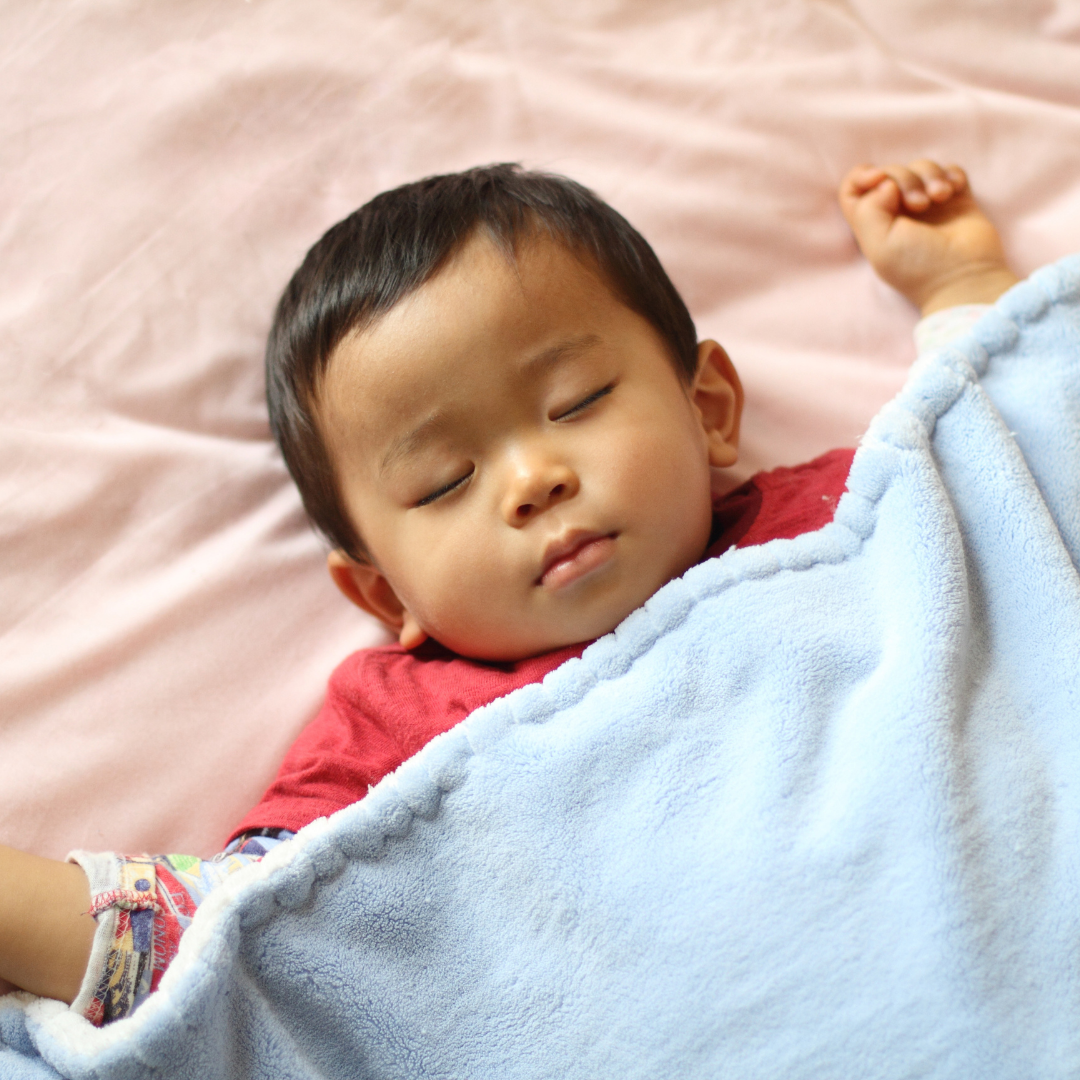Paediatric Sleep Disorders: OSA & Movement Disorders
In the recently revised Sleep Medicine Textbook 2nd Edition, the topic of paediatric sleep disorders is addressed in its own dedicated section. In part 2 of a 3-part series, we’ll feature the textbook summaries of two paediatric sleep disorders: obstructive sleep apnea and sleep-related movement disorders. Part 1 focused on insomnia and parasomnias.
Obstructive Sleep Apnea
“Obstructive sleep apnea syndrome (OSAS) is the most severe form of obstructive sleep-disordered breathing (SDB) or intermittent upper airway obstruction during sleep resulting from increased upper airway resistance and pharyngeal collapsibility. Snoring, reported apneas, difficulty breathing during sleep and frequent arousals are common symptoms directly related to upper airway obstruction, whereas excessive daytime sleepiness, inattention, hyperactivity, learning problems, elevated blood pressure, enuresis, and delayed somatic growth rate represent OSAS-associated morbidity. Adenotonsillar hypertrophy, obesity, craniofacial abnormalities, neuromuscular disorders, and complex conditions such as Down syndrome and Prader-Willi syndrome are risk factors for obstructive SDB. SDB severity should be determined objectively, preferably by polysomnography (PSG). In children aged 1 to 23 months, congenital syndromes and malformations and neuromuscular disorders account for the vast majority of OSAS cases. A stepwise treatment approach addressing all abnormalities that predisposition to upper airway obstruction is indicated in subjects with: (a) an apnea-hypopnea index (AHI) of >5 episodes/hr; (b) an AHI of 1-5 episodes/hr in the presence of morbidity or factors predicting SDB persistence (e.g., obesity, craniofacial abnormalities, and neuromuscular disorders); and (c) complex conditions (e.g., achondropla-sia, Down syndrome, and Prader-Willi syndrome). Adenoidectomy with or without tonsillectomy, intranasal corticosteroids, oral appliances, and nasal continuous positive airway pressure (CPAP) are the most frequently used treatment interventions.”
Summary by:
Athanasios Kaditis (2021). I. Paediatric Sleep Disorders 3. Obstructive sleep apnea. In Bassetti, C., McNicholas, W., Paunio, T., & Peigneux, P. (Eds.). Sleep Medicine Textbook (2nd ed., pp. 673-682). Regensburg: European Sleep Research Society.
Sleep-Related Movement Disorders
“Sleep-related movement disorders in children and adolescents include periodic limb movement disorders, restless legs syndrome, growing pains, recently defined restless sleep disorder, nocturnal leg cramps, rhythmic movement disorder, bruxism, benign sleep myoclonus in infancy, and propriospinal myoclonus at sleep onset. All of the latter affect either sleep onset or maintenance. Body movements are also observed in nocturnal hypermotor epilepsy and, in children, as disorders of arousal in the context of non-rapid eye movement parasomnias. The latter may manifest as sleepwalking, where movements are less stereotyped compared to those of sleep-related movement disorders and involve complex nocturnal behaviours. Most sleep-related movement disorders present mimics and may be difficult to correctly identify and address, especially in young children. It is thus imperative that parents receive support and reassurance, professional guidance, and preferably non-pharmacological therapeutic strategies to overcome specific age-related challenges and stigmata.”
Summary by:
Rosalia Silvestri (2021). I. Paediatric Sleep Disorders 4. Sleep-related movement disorders. In Bassetti, C., McNicholas, W., Paunio, T., & Peigneux, P. (Eds.). Sleep Medicine Textbook (2nd ed., pp. 683-695). Regensburg: European Sleep Research Society.
To dive even further into this topic, we invite you to purchase your very own copy of the Sleep Medicine Textbook 2nd Edition, now available in print and digital versions.
Also, as highlighted in the Nov 2021 ANSS half-year meeting, it was announced that Dr. Barbara Stražišar, in relation to the Paediatric Sleep Medicine Network, is in the process of setting up a consortium of people involved in paediatric sleep medicine, and are asked to contact her if interested.
Reminders
Sleep Europe 2022 Abstract Submission
We invite you to submit your abstracts for the 26th Congress of the ESRS. All accepted abstracts will be published in the Journal of Sleep Research as well as in the interactive programme online. This will allow your research findings to be seen by professionals around the globe.
Application Deadline: 12 April 2022, 23:59 CET
More details here.
Recent publications from ESRS members
- Sousa, Caldeira & Moita (2022). Beyond Apnea-Hypopnea Index: how clinical and comorbidity are important in obstructive sleep apnea. Adv Respir Med.
- Beck, Loretz & Rasch (2022). Stress dynamically reduces sleep depth: temporal proximity to the stressor is crucial. Cereb Cortex.
- Óskarsdóttir et al. (2022). Importance of Getting Enough Sleep and Daily Activity Data to Assess Variability: Longitudinal Observational Study. JMIR Form Res.
- Hahn et al. (2022). Slow oscillation-spindle coupling strength predicts real-life gross-motor learning in adolescents and adults. Elife.
- Italia et al. (2022). A calibrated model with a single-generator simulating polysomnographically recorded periodic leg movements. J Sleep Res.
- Biller et al. (2022). Sleep improvements on days with later school starts persist after 1 year in a flexible start system. Sci Rep.
- Blok et al. (2022). Sleep and mental health in childhood: a multi-method study in the general pediatric population. Child Adolesc Psychiatry Ment Health.
- Bruni et al. (2022). Is behavioral insomnia “purely behavioral”? J Clin Sleep Med.
- Strauss et al. (2022). Order matters: sleep spindles contribute to memory consolidation only when followed by rapid-eye-movement sleep. Sleep.




